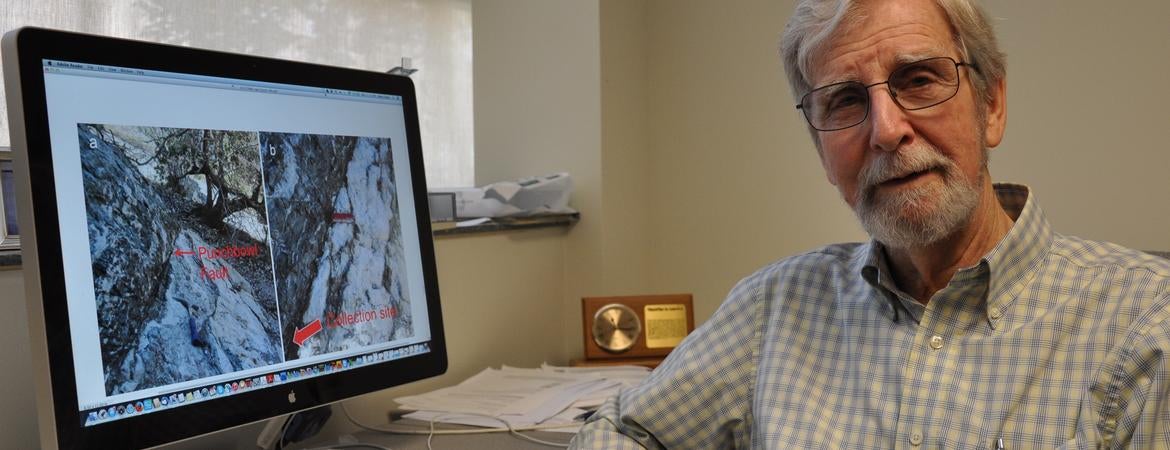
Riverside, Ca –
"Earthquakes are labeled “shallow” if they occur at less than 50 kilometers depth. They are labeled “deep” if they occur at 300-700 kilometers depth. When slippage occurs during these earthquakes, the faults weaken. How this fault weakening takes place is central to understanding earthquake sliding.
A new study published online in Nature Geoscience today by a research team led by University of California, Riverside geologists now reports that a universal sliding mechanism operates for earthquakes of all depths – from the deep ones all the way up to the crustal ones."
Let us help you with your search